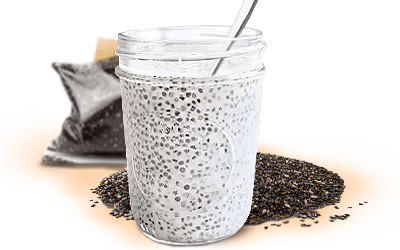Academics from the Medical University of Vienna in Austria and the University of Bern in Switzerland have examined the chemical make-up of the bones of Roman gladiators in order to determine their diet. The evidence strongly suggests that they survived mostly on grain-based foods and health-boosting tonics made from plant ash.
Meat-Free Strength
The aim of the study was to identify the diet, social stratification and migration patterns of the inhabitants of a Turkish gladiator burial ground dating back to the 2nd and 3rd centuries. The researchers from the two institutions came from various academic backgrounds, namely anthropology, anatomy and cell biology, and forensic medicine.
These professionals carefully measured the elements and compounds in the bones found at the burial site and compared them against one other to identify any similarities and anomalies. In total, the remains of 53 individuals were investigated, including 22 gladiators, and the results show that all of these people had a staple diet of plants such as wheat and barley.
Health-conscious Fighters
The results also suggest that, when compared to the general contemporary population, two of the gladiators consumed beverages made from plant ash far more frequently - this was determined by measuring the amount of strontium in the bones. Fabian Kanz, from the Forensic Medicine Department at the Medical University of Vienna, claimed they did this to strengthen the body after intense physical exertion and also to speed up the bone-healing process.
The study did have two anomalies, however; these two individuals seemed to have a diet higher in animal protein and lower in beans and pulses. It is thought that this pair migrated from other parts of the Roman Empire, where the diet was very different.
The study is long-term and will continue in order for the researchers to find out more about the life of gladiators, including social status and where they might have lived.
Sources
- Archeology, The Gladiator Diet, 2008
- PLOS ONE, Stable Isotope and Trace Element Studies on Gladiators and Contemporary Romans from Ephesus (Turkey, 2nd and 3rd Ct. AD) - Implications for Differences in Diet, 2014





